Imagine strolling along a Lake Michigan beach town and discovering that under the sand lies an entire lost town. It sounds like a Michigan legend, but it’s true – the ghost town of Singapore, Michigan once stood near modern-day Saugatuck and was literally buried by shifting dunes. This “Michigan’s Pompeii” thrived in the 19th century as a lumber boomtown before nature reclaimed it. Today, its fascinating story lives on in local lore and landmarks. As a proud Michigan native and real estate expert, I’m excited to share the tale of Singapore’s rise, fall, and the enduring legacy you can still experience when visiting Saugatuck. From historic anecdotes to travel tips, let’s uncover how this Lake Michigan ghost town came to be buried beneath the sand – and how you can still catch glimpses of it today.
 Singapore Michigan, buried in the sand, Facebook
Singapore Michigan, buried in the sand, Facebook
From Ambition to Boomtown: The Rise of Singapore, Michigan
Singapore began with big dreams. In the 1830s, New York investors (led by enterprising pioneer Oshea Wilder) founded Singapore on Michigan’s southwest coast, hoping to build a major port city to rival Chicago or Milwaukee. The town was established along the mouth of the Kalamazoo River, surrounded by vast forests of white pine. Wilder and others quickly set up a sawmill (in 1837) and even opened a local bank by 1838 – which boldly printed its own “Singapore Bank” currency. At its peak, this frontier settlement boasted a few hundred residents, multiple sawmills, a hotel, general stores, a schoolhouse, and busy docks shipping lumber out across Lake Michigan. By the 1850s and 1860s, Singapore was a bustling boomtown riding on the lumber trade.
However, life on the frontier came with challenges. In 1842, just a few years after its founding, Singapore was struck by a brutal 40-day blizzard. Food ran low and hope dwindled; legend says the desperate townsfolk survived only thanks to a lucky shipwreck. The schooner Milwaukie, loaded with barrels of flour, wrecked offshore, and several barrels washed up near Singapore – providing critical sustenance that saw the settlers through the epic winter storm. The little town endured setbacks like these and kept growing. Early Singapore also earned notoriety for its “wildcat” bank, which issued more paper money than it could redeem in gold or silver. Local lore recounts that at one point, $40 in Singapore bank-notes was paid for a mere darning needle – a sign that the town’s home-printed currency wasn’t exactly trusted! Despite such hiccups, Singapore pressed on and prospered as demand for lumber soared in the mid-19th century.
Lumber Boom and the Great Fire of 1871
By the late 1860s, Singapore’s fortunes were tied firmly to Michigan’s timber. Sawmills buzzed day and night, and stacks of fresh-cut lumber lined the riverbanks, ready to ship out on schooners. (The waterfront circa 1869 bustled with schooners being loaded with lumber at the Singapore docks.) This output only grew after the infamous Great Chicago Fire of 1871. When Chicago (and other cities like Holland and Milwaukee) went up in flames that fall, Singapore’s mills sprang into overdrive. The town supplied immense quantities of wood to help rebuild Chicago, nearly 100 miles away.
According to Dr. Eric Gollannek, director of the Saugatuck-Douglas History Center, the post-1871 period was “an incredibly prosperous time” for Singapore’s lumber business. “Because there’s all these fires, and it’s America’s wooden age – every part of a building is coming from a tree in one form or another,” Gollannek explains. All that rebuilding meant big money for Singapore’s sawmills, which feverishly cut timber into boards, shingles, ship masts, and more. For a few years, the small town thrived like never before.
Yet the very success that made Singapore boom sowed the seeds of its downfall. The loggers had harvested every nearby tree to feed the mills. The dense stands of pine that once sheltered the town were vanishing. By 1875, the local timber supply was effectively exhausted – there were simply no trees left to cut. The mills, which had been Singapore’s lifeblood, began to shut down. In fact, the town’s largest sawmill was dismantled and hauled off by boat to Michigan’s Upper Peninsula in 1875. With its economy collapsing and nature about to exact revenge, Singapore was teetering on the edge.
.png) Singapore Michigan, buried in the sand, Facebook
Singapore Michigan, buried in the sand, Facebook
Nature’s Revenge: A Town Buried by Sand
Once the forests were gone, nature moved in swiftly to reclaim the land. Those trees had been a natural windbreak protecting Singapore. Without them, nothing stood between the village and the giant Lake Michigan sand dunes along the shore. The results were dramatic and quick. Fierce coastal winds picked up the now-unanchored sand and began piling it onto the town. Within just a few years, sand drifts encroached on streets and doorsteps. By the late 1870s, Singapore had become an eerie shell of its former self – a ghost town in the making.
One local legend vividly illustrates Singapore’s final days. It tells of a stubborn resident living in a three-story house who refused to leave as the sand dunes rolled in. When sand buried the first floor of his home, he simply moved his belongings to the second floor. When the second story in turn was engulfed, he moved everything to the third floor. Only once the encroaching dune reached the roof did the man finally abandon the house! Such stories show how quickly the shifting sands swallowed the town. In reality, most residents saw the writing on the wall and left much earlier. As the mills closed and sand blew over their farms and shops, families packed up and relocated to nearby Saugatuck (then a hamlet known as “The Flats”). By the early 1880s, Singapore was largely deserted, its empty buildings gradually disappearing under nature’s blanketing dunes.
Over the next few decades, Singapore earned its nickname as “Michigan’s Pompeii” – a once-vibrant town entombed by natural forces. Photographs from the late 1800s and early 1900s show dunes where houses once stood, with only rooftops or chimneys poking out of the sand. Eventually even those signs vanished. The entire town was buried beneath the rolling dunes, as if it had never existed. Beneath that sand, somewhere, lie the remains of Singapore’s hotels, general store, post office, sawmills – even the old bank vault. (Thankfully, sand is a great preservative for wood, so historians believe many structures likely remain intact below.) To this day, shifting sands and lake currents occasionally expose bits of Singapore’s past – a piece of timber, a brick foundation, or other artifact – only to cover them up again. No extensive archaeological dig has been done, so the lost town truly is a time capsule waiting beneath the dunes.
.png) Singapore Michigan, Facebook
Singapore Michigan, Facebook
The Singapore–Saugatuck Connection: Ghost Town Legacy in a Thriving City
While Singapore itself vanished, it did not completely die. Its legacy lives on in Saugatuck, the charming art-filled town just downriver. In fact, many of Singapore’s former residents and businesses became part of Saugatuck’s story. When Singapore was abandoned, several buildings were saved and relocated rather than let them be buried. In the winter, townspeople slid at least one large building (the Singapore bank) and a few houses down the frozen Kalamazoo River to Saugatuck. Thanks to this heroic effort, you can still find a handful of old Singapore structures hiding in plain sight in Saugatuck today.
Perhaps the most famous is the Singapore Bank Building, which still stands on Butler Street in downtown Saugatuck. This sturdy structure once housed Singapore’s bank – notorious for its wildcat currency – and today it serves as a bookstore and art gallery. Stop in and you’re literally walking into a piece of a ghost town’s history! A couple of historic homes in Saugatuck were also originally built in Singapore; they’ve been preserved and now blend seamlessly into picturesque local neighborhoods. For example, some sources say as many as ten Singapore buildings (homes and cabins) were moved into Saugatuck and neighboring communities over the years. Thanks to these remnants, Singapore’s story is woven into Saugatuck’s physical fabric.
You’ll even spot the name “Singapore” around Saugatuck as a tribute to the lost town. Case in point: the Singapore Yacht Club, a marina whose very name honors the buried city and reminds boaters of the area’s history. And right in front of Saugatuck City Hall (on Butler Street) you’ll find a Michigan historical marker that tells Singapore’s tale for curious visitors. The plaque summarizes how “beneath the sands near the mouth of the Kalamazoo River lies the site of Singapore… a once busy lumbering town until the 1870s” before the timber ran out and the people left for Saugatuck as the dunes buried the settlement. Saugatuck, which was merely “The Flats” in Singapore’s heyday, went on to flourish into the vibrant small city it is now – aided in part by absorbing Singapore’s survivors and structures. In a poetic way, Saugatuck carries the torch that Singapore lit long ago.
Today, Saugatuck is known for its art galleries, waterfront charm, and lovely beaches, but the ghost of Singapore is never far away. In fact, the actual site where Singapore once stood is just a couple miles from downtown Saugatuck, across the Kalamazoo River. That land is now privately owned dunes, but the Singapore site can be viewed from a distance if you know where to look. Luckily, many local attractions give you a peek into the past – which brings us to some travel tips to experience this history for yourself.
.png) Google Map, CREIGHTON MI
Google Map, CREIGHTON MI
Saugatuck Travel Tips: How to Explore Singapore’s Story Today
Visiting Saugatuck is not only a delight for art-lovers and beachgoers, but also a treat for history buffs eager to connect with the Singapore legacy. Here are some locally informed travel tips to make the most of your trip:
- Visit the Old Singapore Bank Building: Stroll down Butler Street and pop into the Singapore Bank Building, now home to a bookstore/art gallery. The building’s robust brick walls once safeguarded the wildcat bank’s affairs. It’s a rare chance to stand inside an original Singapore structure. (While there, imagine the 1800s clerks printing money in the back room!) This spot is in the heart of downtown Saugatuck’s shopping district, so you can easily explore other boutiques and cafes nearby.
- Check Out the Historical Marker: Just a block away, in front of Saugatuck City Hall (102 Butler St.), you’ll find the Michigan Historical Marker for Singapore. Take a moment to read the plaque which concisely narrates how the town rose and fell. It’s a great primer before you go see the dunes yourself. Plus, it makes for a neat photo to say you “found” Michigan’s buried town (at least the sign!).
- Explore the Saugatuck-Douglas History Museum: To dive deeper, head to the Saugatuck-Douglas History Museum (in a restored waterfront Pump House). Here you can see artifacts from Singapore’s past, including original Singapore bank notes and historic photos. The museum’s exhibits will enrich your appreciation of how this ghost town fits into local history. Museum guides (often enthusiastic locals) are happy to share stories and answer questions about the lost town.
- Ride the Star of Saugatuck Paddlewheel Boat: One of the best ways to imagine old Singapore is from the water. Hop aboard the Star of Saugatuck II, a classic paddlewheel boat that offers 90-minute cruises down the Kalamazoo River and onto Lake Michigan. The narrated tour will point out where Singapore once stood along the dunes. As you glide by the towering sand hills, you’ll hear tales of lumber schooners and see why a town might flourish – and vanish – in such a spot. Opt for the sunset cruise for a truly magical view (and keep your camera ready).
- Take a Saugatuck Dune Rides Tour: For an adrenaline-pumping history lesson, try the famous Saugatuck Dune Rides. These open-top “dune schooner” trucks will whisk you over the rolling sand dunes just north of town. Along the way, knowledgeable drivers share legends of Singapore and might even stop at points where remnants of the ghost town are known to hide beneath the sands. It’s part thrill ride, part history tour – fun for all ages. Pro tip: go earlier in the day during summer to avoid the hottest sun on the dunes.
- Stroll the Art Galleries: Back in downtown Saugatuck, enjoy the present-day charms that grew from Singapore’s ashes. Saugatuck is nicknamed “The Art Coast of Michigan” for its abundance of galleries and studios. Wander through local art galleries featuring everything from fine art paintings to quirky sculptures. This creative energy dates to the early 20th century, when Saugatuck became an art colony – a new identity for a town that had once been a lumber port. Don’t miss the Saugatuck Center for the Arts or the many boutique galleries on Water Street and Butler Street. Even if you’re not an art buyer, it’s inspiring to window-shop and perhaps chat with gallery owners about the town’s artistic heritage.
- Enjoy Local Food & Drink: All that exploring will work up an appetite. Fortunately, Saugatuck boasts fantastic restaurants and cafes. For a small town, it has a big food scene – from casual bites to gourmet dining. You can savor fresh Lake Michigan perch at a waterfront grill, grab a Michigan craft beer at a local pub, or treat yourself to ice cream while walking the boardwalk. A couple of local favorites include The Butler (a historic waterfront restaurant near where old steamships docked) and Phil’s Bar & Grille (a cozy spot beloved by locals). And if it’s a sunny day, consider a picnic on the grass in Wicks Park overlooking the harbor.
- Relax at Oval Beach & Saugatuck’s Natural Sites: No trip to Saugatuck is complete without enjoying its natural beauty. Take a short drive (or chain-ferry ride) over to Oval Beach, consistently rated one of the best beaches in the USA. With its sugar-soft sand and clear freshwater, it’s the perfect place to swim or sunbathe while contemplating the hidden town across the river. For a hike with a view, climb the 302 steps at Mount Baldhead Park to overlook the dunes and lake – you’ll literally be standing atop the kinds of dunes that buried Singapore. And if you’re adventurous, explore Saugatuck Dunes State Park just north of town, where hiking trails wind through tranquil woods and coastal dunes (some trails even lead near the old Singapore site, though remember the actual ghost town site on the north bank is private property). Whether you’re a history geek or a nature lover, Saugatuck offers a unique blend of culture, fun, and natural splendor.
From Ghost Town to Getaway – Come Explore!
Singapore, Michigan may have been lost to the sands, but its story continues to captivate us well over a century later. This buried town in Michigan stands as a cautionary tale of human ambition and nature’s power, but it also set the stage for Saugatuck’s emergence as a beloved lakeshore destination. The next time you’re planning a West Michigan getaway, consider following in Singapore’s footsteps (literally!) – ride the dune schooners, cruise the river, and walk the streets of Saugatuck where pioneers and lumberjacks once roamed. You’ll gain a new appreciation for how history shapes a place.
As a Metro Detroit real estate expert with a passion for local history, I encourage you to come experience Saugatuck and the legend of Singapore for yourself. It’s a trip perfect for history buffs, beach bums, and curious travelers alike. And who knows – after you soak in those gorgeous sunsets and rich stories, you might just fall in love with the area. If you do, feel free to reach out to a local real estate professional (like me!) for insider tips on making West Michigan a part of your life. Whether you’re dreaming of a cottage by the lake or just an unforgettable weekend, the ghost town of Singapore and the vibrant town of Saugatuck are waiting to welcome you. Happy exploring, and don’t forget to share the story of Michigan’s hidden town beneath the dunes!
DON'T KEEP US A SECRET - SHARE WITH A FRIEND OR ON SOCIAL MEDIA!

.11.png)

















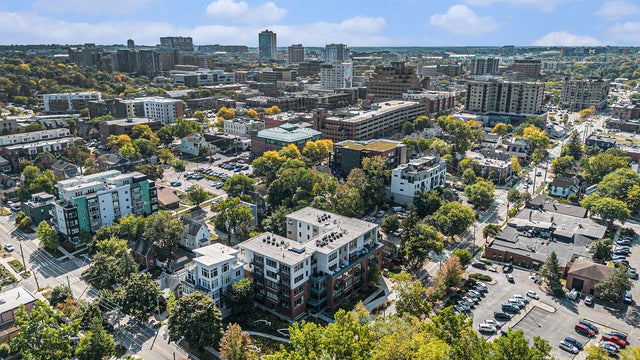


















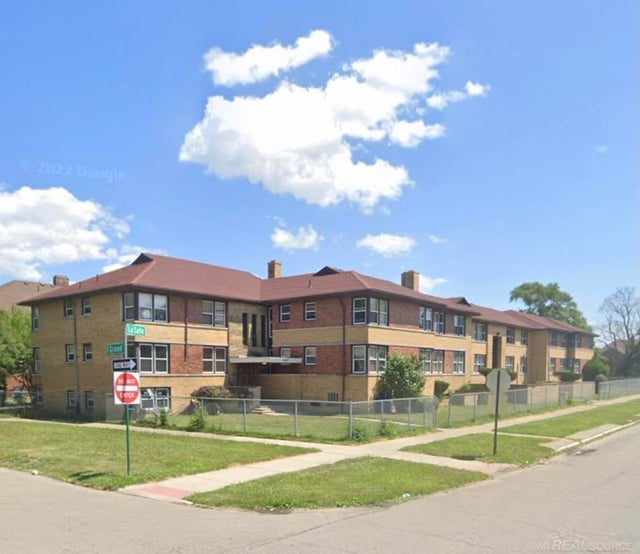








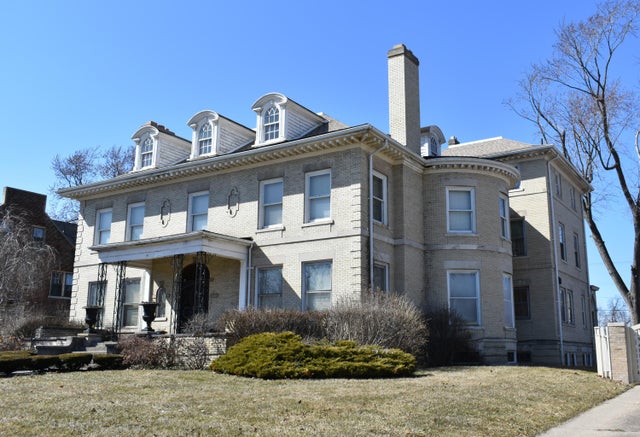


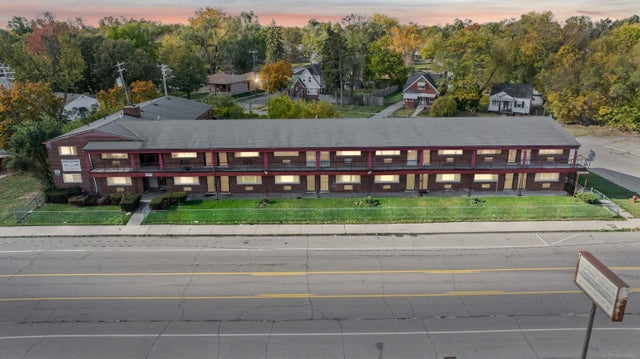

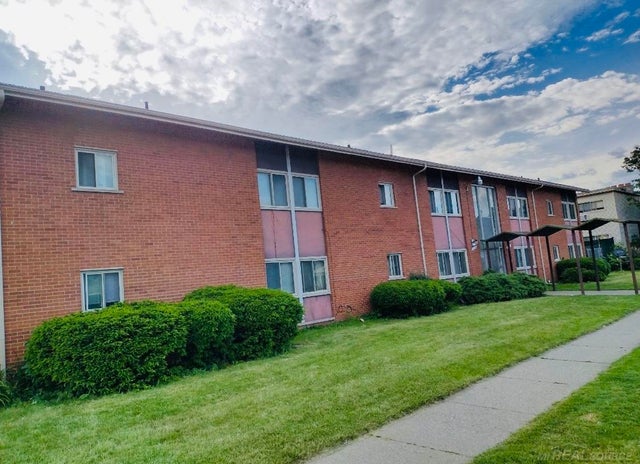
Leave A Comment